We independently research, test, and recommend the best products; you can learn more about our review process here.
Anglers are always looking to up their equipment in a way that will help improve their game. Purchasing a new fish finder is a great way to do that. In this Humminbird Helix 7 review, we’re looking at the various models to determine which one might be the right option for you.
Understand that the features are relatively similar across the board but the one thing that separates them all is the type of sonar used to locate fish under the surface. If you don’t understand that, you might end up with a product you don’t enjoy. Stick around and see them for yourself!
Our Take on the Helix 7
- Superb company reputation
- Great customer service
- High-quality manufacturing
- Assorted transducer options
- Loaded with industry-leading features
- Price
- One MicroSD card slot
If I asked you right now what retailer you considered to be the giant in the US, what would you say? Chances are you’d say Walmart. They are the biggest retail conglomerate in the country after all. Even though I avoid going there like I avoid my mother-in-law, you can’t argue with the fact that plenty of people shop there and they make a ton of money.
Humminbird is like the Walmart of the fish finding technology world. In this Humminbird Helix 7 review, you’re going to quickly realize why these are the best fish finders on the market, hands down, no competition.
Quick Facts
- Majority of the models feature a 7-inch TFT screen in high-resolution color
- Easy to mount on your boat but portable enough to remove
- Control the fish finder with buttons rather than touch screen
- Comes with side imaging, down imaging, GPS, and Navionics
A quick note on Terminology
As opposed to some of the other reviews I’ve done, these products use certain letters to signify features so review these to you understand each fish finder as much as possible.
SI: Side Imaging
DI: Down Imaging
MSI: Mega side imaging
MDI: Mega down imaging
G3N: Networking/Mapping
Humminbird Helix 7 Review: Broken Down
In the following section, we’re doing a complete Humminbird Helix 7 review. We’re breaking down the components of each model, what makes one stand out over the other, and what features make this fish finder model stand out compared to the rest of the competition.
Display/Screen
These are the best in the business and the standard offering from Humminbird. They come with a seven inch screen which should get the job done for most of you. It’s large enough for you to interpret everything on the split-screen but portable enough to not become a hazard.
The resolution is 800×480 pixels with 256 color palette so it’s pretty clear as to changes in structure, vegetation, and fish. You don’t have to look at it very long to tell what you’re seeing and you’ll be surprised how many fish you’re able to find. The LED backlight is a nice feature, it makes the screen clearer, and helps you adjust better when you’re dealing with a glare from direct sunlight.
The image quality is a steep improvement from the Helix 5. The previous model had a lot of plastic on the screen which protected it from the elements but it was still pretty fragile. This one on the other hand uses a fiberglass material which is more durable and just as good at keeping water away from the internals.
Memory/Storage
The complaint of many Humminbird Helix reviews is the fact that the models don’t come with enough memory to be able to store the right amount of data. If you’re going with the G3N model or any of the options with GPS, you’ll need ample RAM to be able to capture and store enough data to make it worth it.
Keep in mind how RAM impacts the functionality of the images you see as well. As you’re navigating through the water, having increased RAM will ensure that the images are as fluid as possible and happening in real-time. Even a few second lag could make a big difference and that was a big problem with previous models.
GPS/Mapping
One of my favorite things about the Humminbird Helix 7 is the sheer number of models available which allows you to choose one that caters to your budget. In the Humminbird Helix 7 DI review, you see that the down imaging model is more affordable than the side imaging model because it doesn’t come with the dual imaging feature.
Most of the models come with GPS but they all don’t have the navigation or mapping feature so you don’t have to pay a penny more than you want to. If you’re traveling to unfamiliar water or simply like to know where you are so you can track ideal fishing locations, any of the fish finder models with GPS will do the trick for you.
You’re also able to track information like speed and general depth of the freshwater around you. This is helpful for analytical anglers who pay attention to depths to determine where they plan to fish.
The GPS and navigation feature also allows you to set waypoints and routes which will help you develop an action plan as you hit the water. You can also mark great fishing spots and avoid places where you struggled. The software allows you to 45 fishing routes and 4,500 waypoints.
Imaging: Side vs Down Imaging
This is a debate that will never end but I’ve always said that they each have their time and place. If you have the budget for it, you might as well go for a fish finder that offers both because you may want to upgrade to that at some point any way.
Doing so will allow you to grow into the fish finder a little so you’re not looking for a new one in a few years.
That said, we’re referring to the MDI, MSI, DI, and Mega SI letters in the title of the products. This is the type of imaging that the fish finder provides and it also refers to the type of transducer and where you have to mount it.
Side imaging allows you to scan to the right and left of the boat with a 180-degree image that makes it much easier to scan the water around you. The best part about the Helix 7 SI is that you can also scan up to 100 feet in depth while doing side imaging and that’s why they call it a “dual scan” fish finder.
Down imaging is the opposite and it lets you pick up on everything that is happening beneath the water. Side imaging doesn’t usually offer the clearest images but it’s a great way to pick up on structure to help determine if you want to go in a little closer.
DI on the other hand offers the most clear image and helps you distinguish exactly what is happening beneath the boat so you get the clearest idea of where you should fish and why.
Standout Features
Here’s a list with descriptions of the best features and upgrades that really make this line of fish finders stand out from the crowd:
Mega Side/Down Imaging – You’ll notice that a lot of the products outlined here have the title MSI or MDI. That’s because it is an improvement from the standard side and down imaging. Now you get 100 feet of coverage on all sides of the boat and the transducer is smaller which results in less material. Ultimately, you get a better, more powerful transducer for a reduced price.
Dual Spectrum Sonar – We’ve heard this phrase before but it is an upgrade from the G2N units. The dual spectrum CHIRP SI is a great option because it offers a wider frequency band which means you’re getting more accurate fish arches, target separation, and an overall better experience with CHIRP technology. If that’s your game, this is your fish finder.
80/200 kHz SwitchFire Sonar – This feature offers you more control over your sonar beam which means you’ll be able to adjust them properly based on what you’re dealing with in the water. It helps provide more overall versatility to the product whether you’re fishing crystal clear water or murky brown water.
Ethernet Networking – Being able to share waypoints and GPS mapping is a great feature and something that we don’t see in a lot of fish finders. If you see the G3N label on the fish finder you’re looking at it means that you can share maps and waypoints with other fish finders.
AutoChart Live – This feature lets you draw your own maps in water you haven’t fished before. Even if the water isn’t available across the many maps on Hummingbirds radar, you can still draw on it and upload it for others to use. AutoChart lets you document things like bottom hardness, structure, changes, vegetation, and surface runoff.
Lakemaster – It’s compatible with Lakemaster which offers satellite imaging of the lake you’re fishing.
Reasons to Choose a Humminbird Helix 7
If you’re still on the fence, here are some reasons why you should choose this product over the competition.
First, the brand name alone is reason enough to sell it to me. I trust their products, their manufacturing, and their customer service in the event that anything isn’t exactly what I expected. They hold their end of the bargain and I do mine by supporting them.
These are top of the line fish finders available at relatively affordable prices. If nothing else, the price is competitive with the competition.
Second, the imaging technology is state of the art for a fish finder line in this price range. They literally took the sonar technology that they put into their more expensive fish finders and brought them to the more affordable ones.
They found a way to do it to make their products affordable for the average weekend warrior. The Mega imaging technology is no joke and if you have the budget for it, I highly recommend going with the Humminbird Helix 7 SI GPS G3N. It doesn’t get much better than that.
Third, the overall inclusiveness of all the features you need is the biggest selling point for me. There isn’t a feature on this fish finder that I don’t use and that’s because they only took what people wanted and put it all in one place for you.
You get the real CHIRP sonar that you need to actually get high-quality images, the side imaging you want paired with down imaging, and the networking that everyone complains that no one else offers. You get all of that packaged up in one beautiful package with gimbal, wires, and mounting. All you need to do is purchase a microSD card separately.
Oh yeah, and look at the fish finder, it looks great. I think it’s a much better looking product when compared to the offerings of Lowrance and Garmin Striker. Humminbird also has the aesthetics you want.
Final Thoughts
If you’re still not certain that you’re making the right choice, let me say this. At the end of the day, it’s just a fish finder and it’s only going to do so much to help you find fish. But, the sport we play is called “fishing” not “finding.” If we could all spend a little less time finding fish, we could spend a lot more time fishing for fish. (that sounded better in my head)
Hopefully this Humminbird Helix 7 review has cleared a few things up for you. Go ahead and take an in-depth look at each one individually to see which features are most important and which ones you could go without. Good luck out there!

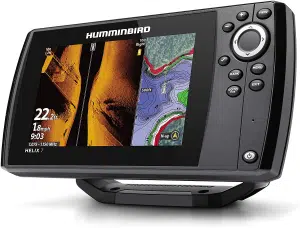
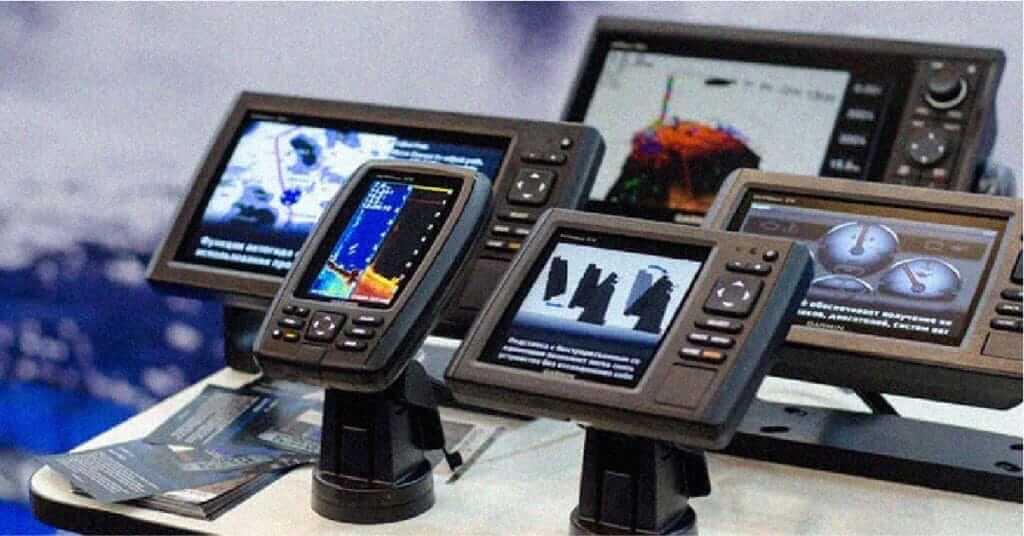
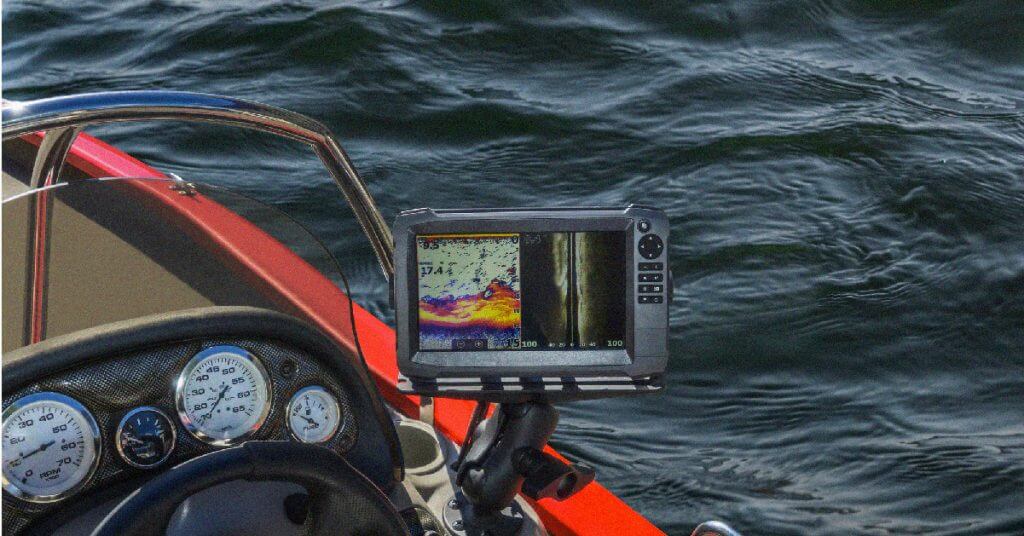
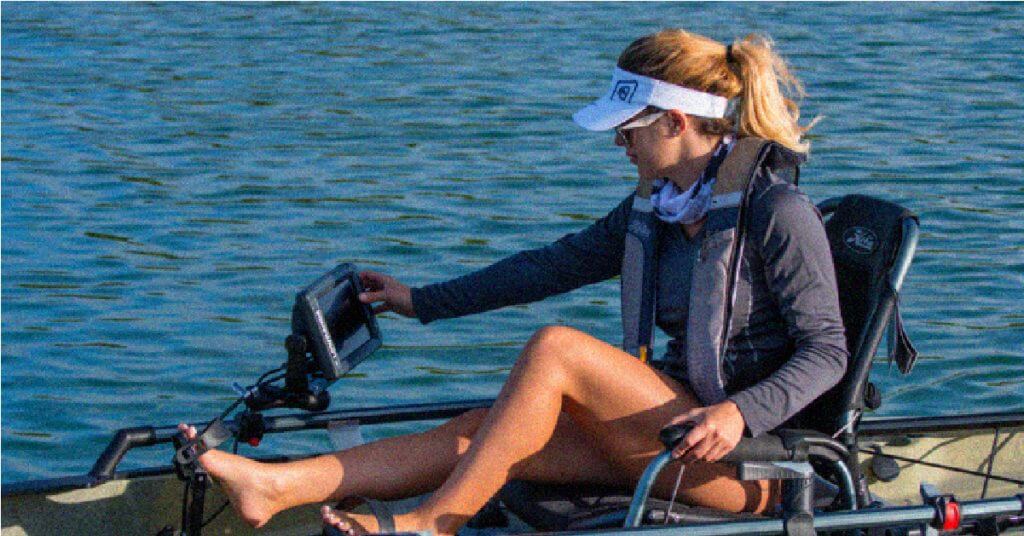
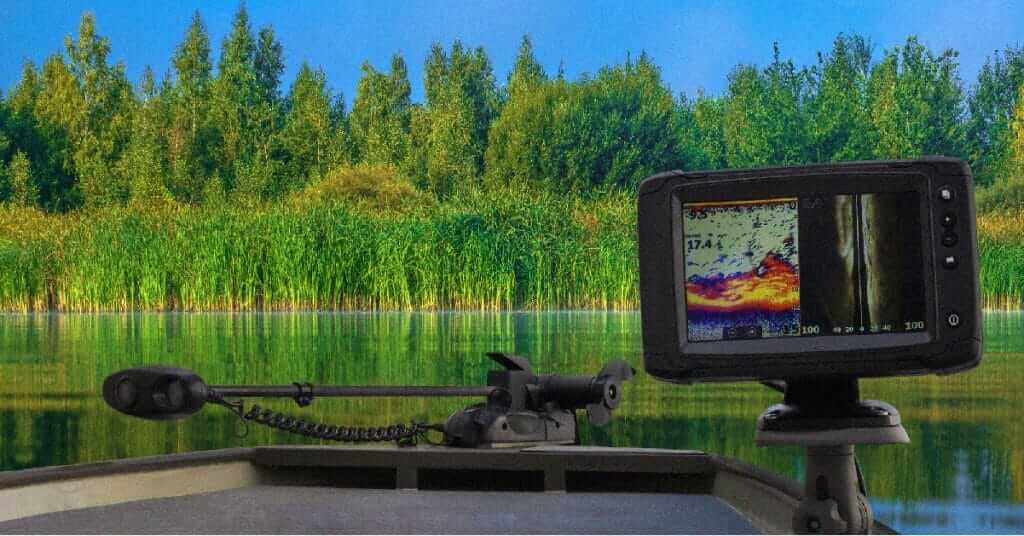
I have used hummingbird products for years but I recently bought a helix 7 fish finder ,I’d spent almost $900.00 for it I got ill & then COVID came so I didn’t & to this date still haven’t used this equipment I went to download a $200.00 GPS chip & they said that this products expired & needed to be upgraded at the cost of $148.00 more I tried to get them to work with me they refused to its all about the money not standing behind their product & its buyers . So don’t buy their products their only in this to sell stings they don’t stand behind I’m just 1 but with the way they did me on something I paid for & not able to use is wrong & to ask for more $$$ to up grade something they control if it works or not on a computer is gouging the public don’t by these products for sooner than later your going to get screwed I’ll never consider buying from them again Sincerly Larry McFarland
what is the model Helix 7 that has both di and side I cat fish in deep and close to the bank in shallow water ThNks
Hey Danny, if you go for the Helix 7 Mega SI you’ll get both DI and SI. Here’s a link to it: https://www.amazon.com/dp/B07L47R2MZ?tag=yourbassguy-20&geniuslink=true
Thanks for reading!
Not user friendly!